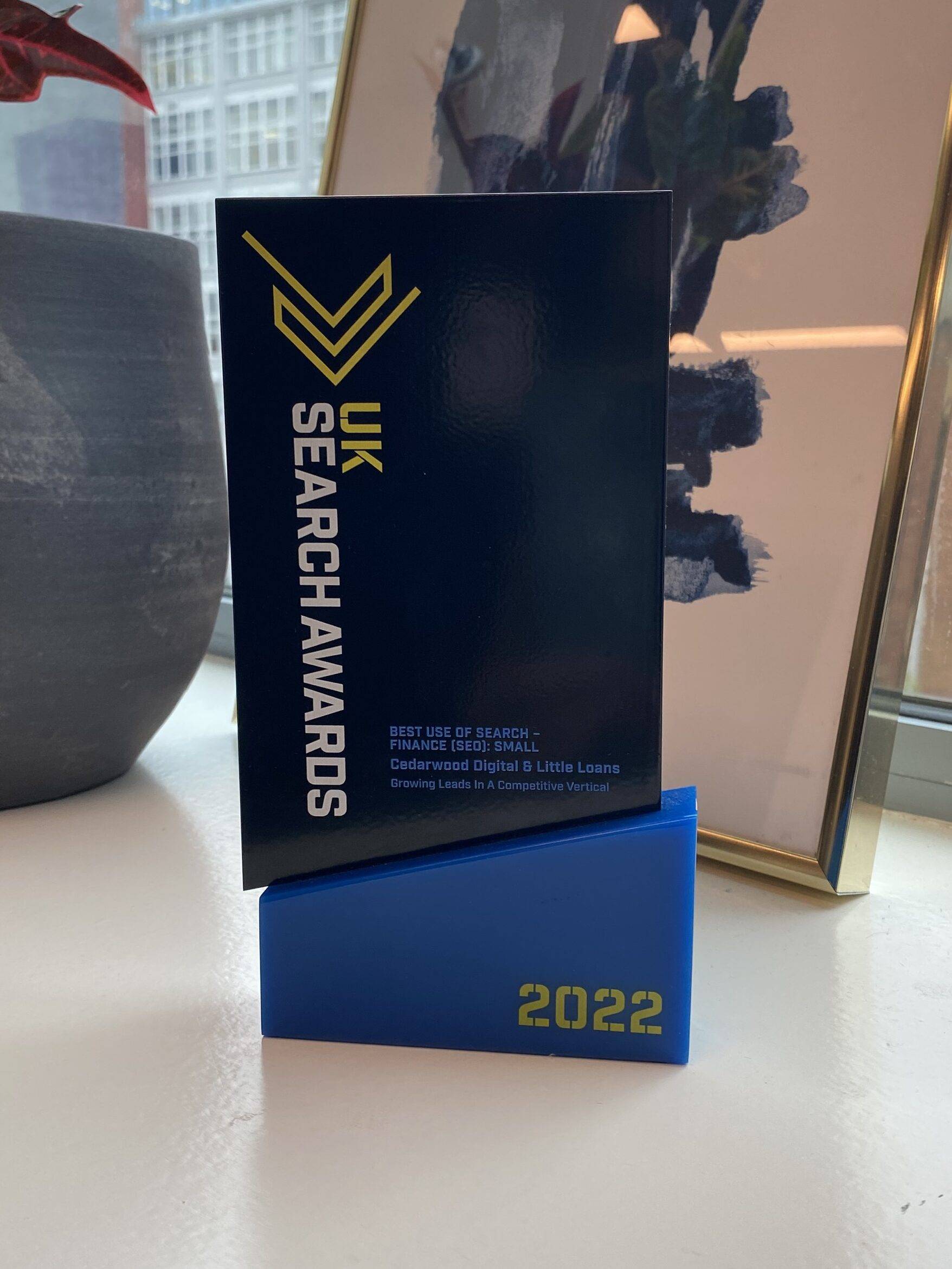In the fast paced digital landscape, staying ahead of your competition is a constant challenge when striving for organic online visibility. Search Engine Optimisation (SEO) plays a vital role when it comes to online visibility, and one effective strategy to increase your visibility and improve rankings is to conduct a competitor audit. Understanding what your competitors are doing can provide you with valuable insights and can help to inform your own SEO strategy.
In this blog, we will be discussing the importance of competitor audits for SEO and we will also delve into how you are able to conduct one.
What Is An SEO Competitor Audit?
An SEO competitor audit is a strategic process that involves analysing and evaluating your competitor’s website and their online presence in order to gain valuable insights for your own SEO strategy.
The Importance Of Competitor Audits In SEO
Staying ahead of the competition can be a difficult task in the online world, however conducting a competitor audit will allow you to have a clear understanding of the organic landscape so that you can know where you currently stand, and what you need to do to progress and improve rankings so that you see better SEO results.
Understanding who your competitors are and analysing how they are performing organically is an integral part of any SEO strategy. You may be wondering why this needs to be part of your strategy. Well, there are likely many websites that have very similar content to the content that is on your website, and they too will be fighting for the top spots in Google. Conducting a competitor analysis will allow you to stay one step ahead of those competitors, and will allow you to know where you need to improve.
Conducting a competitor audit will allow you to do many different things including:
Benchmark Performance
When conducting a competitor audit, you will be able to benchmark your own website’s performance against others in your industry. By analysing your competitors website’s and their online presence, you can identify areas where you are excelling, but the really valuable information that this will provide you with is where you can improve. By seeing what your competitors are doing well and where they are ranking, you can uncover opportunities for your SEO strategy which you can then work on with the aim of improving your rankings and overall SEO results. This benchmarking process will help you to see where you currently are against your competitors, and will also allow you to set realistic goals for your SEO strategy.
Identify Keywords and Content Gaps
By analysing your competitors keywords and content, you can reveal valuable insights into what works in your industry. By looking into keywords that your competitors are ranking for but you are not, you can uncover keywords that can then be included in your SEO strategy.
Analysing your competitors keywords will also allow you to see any gaps in their content strategy and will allow you to create unique, valuable content that will set your website apart. This can improve your chances of ranking higher, but will also enhance the overall user experience on your website by providing your users with the most valuable and relevant information.
Understand Your Competitors Backlink Profiles
Backlinks are a crucial aspect of SEO and can influence your rankings as Google will use backlinks as a key signal of trust. During a competitor audit, you should definitely be analysing your competitor’s backlink profiles as it will help you to identify any high-quality backlinks that you might be missing and where your competitors are performing highly. By understanding competitors’ link building strategies, you can understand where you have any link gaps and then develop your own approach to acquiring authoritative and relevant backlinks.
Evaluate User Experience (UX)
Evaluating your competitors user experience is important because it will allow you to determine how top performing competitors are using on page elements to provide the best experience for their users. This will allow you to adjust your on page elements so that you are providing the most helpful user experience, which in turn can increase engagement rate and potentially conversion rate. Google openly states that user experience is vital: “You should build a website to benefit your users, and gear any optimization toward making the user experience better.” This therefore shows how important it is to keep up to date with what is working well in terms of UX and how to improve the user experience on your own website.
Stay Informed About Industry Trends
SEO is a dynamic and ever changing field, with search engines constantly updating their algorithms. By regularly conducting competitor audits, you can stay informed about the latest trends and innovations; you will be able to see what Google is returning and adapt your website accordingly. This knowledge will ensure that your SEO strategy remains adaptive, therefore keeping you ahead of the curve.
How To Conduct An SEO Competitor Audit
Now that we know how important a competitor audit is for your SEO strategy, we need to know how to actually do it. Below are the steps needed to conduct a thorough and successful SEO competitor audit:
- Identify your competitors – firstly, you need to identify your main competitors in the online organic space. These are the businesses that are competing for the same target audience. Ahrefs is one of the many tools that can be used to identify your organic competitors by heading to the “Organic Competitors” section. This will show you who your main competitors are and how you are performing in comparison to them which will give you a good overview before diving deeper into the particular sections which we have discussed.
- Keyword analysis – you will then need to conduct thorough keyword research for both your website and your competitors which can be done in many different tools such as Ahrefs and Google Keyword Planner. Identify the keywords that they are targeting and compare them with your own to see how you can improve your SEO strategy. Conducting a content gap analysis in ahrefs will allow you to see any keywords that you are not currently ranking for and what your competitors are ranking well for, and this can be a great starting point to inform your future content strategy.
- Content evaluation – you should analyse the content on your competitors’ websites. Look into the type of content they are producing, the quality, length, and how it is engaging users. Then look into how you can improve your content strategy based on what your competitors are doing. Also, identify any gaps in their content strategy based on previous keyword research and you can then provide valuable content on your website that your competitors are not offering.
- Backlink analysis – evaluate the backlink profiles of your competitors. Identify the websites that are linking to them, the DR and quality of those backlinks. Then perform a link gap analysis for your own website and in your new strategy, be sure to target those backlinks for your website. To look at competitors’ backlink profiles, head to the Ahrefs backlinks profile which will give you all of the information needed to analyse your competitors including the referring domains, amount of referring domains and the DR of each one. This will give you valuable insight to then perform a link gap analysis.
- User experience evaluation – you should evaluate the user experience of your competitors by assessing factors such as navigation, formatting and overall design. A positive user experience can have huge impacts on SEO performance so it is important to monitor how your competitors are providing a good user experience so that you can implement better UX strategies throughout your site.
- Monitor changes over time – competitor audits or not a one off task, they should be conducted regularly and you should keep track of changes in your competitor’s websites to see what effects the changes are having on their overall SEO performance so that you can adapt your website accordingly.
By following these steps, you should be able to conduct a successful SEO competitor audit and inform your SEO strategy to gain organic visibility, which in turn can lead to more organic traffic and conversions (which is every SEOs dream).
Summary Of SEO Competitor Audits
In the ever-changing world of SEO, competitor audits are indispensable for gaining that competitive edge. By understanding what is working for your competitors, and where you can surpass them, you can adapt and improve your SEO strategy in order to achieve higher rankings, increased online visibility and in turn more organic traffic and conversions. But, it is important to remember that when you are conducting an analysis of your competitors, it is important not to imitate and copy, but to innovate and set your website apart in the SERPs. Use what your competitors are doing well as a base, and then improve upon this for your own website.
Regularly conducting competitor audits will help to position your website and business as a leader in the SERPs and will allow you to be ready to adapt to changing trends and emerging opportunities in the SEO landscape. If you require any additional support when conducting a competitor analysis, don’t hesitate to contact us and our team of SEO specialists will be happy to assist in order to help with your organic visibility.

































